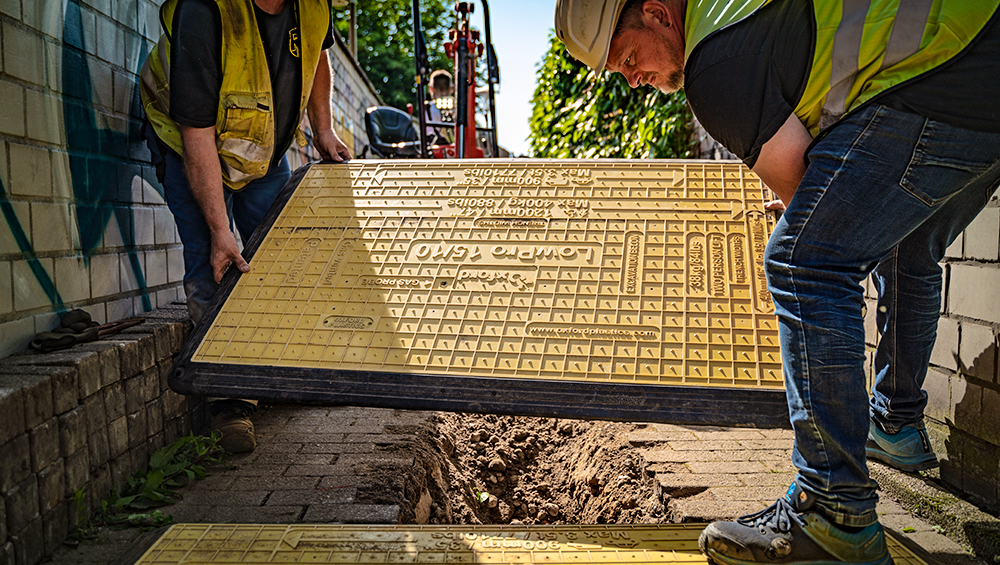A guide to pedestrian accessibility in road and street works

Often street works and road works get a bad reputation when it comes to their impact on the public. With pedestrians complaining about disruptions to their routes, as well as residents concerns about accessibility. In our latest article, we’ll explain the importance of pedestrian accessibility in road works and street works, as well as how to ensure the least amount of disruption to the public on your work site.
Why is pedestrian accessibility important?
The number one reason that pedestrian accessibility is important in street and road works is public safety. But, pedestrian accessibility can also impact a number of different elements, such as mobility, inclusivity and compliance.
Safety
Ensuring pedestrian accessibility is crucial for the safety of individuals who use the public sidewalks, crosswalks and pedestrian signals. When conducting road works or street works, it’s essential to ensure accessibility to the public who would usually have access to these routes.
- Clear signage: When maintaining access to pedestrians, you should have clear signage displaying where work is being carried out, and where is safe for them to walk, or cross the road. This can include temporary traffic lights, signage and barriers to guide pedestrians down the safest route.
- Clear walking path: Pedestrians should have a clear path to take them where they need to go. Consider potential trip hazards, and use trench covers to help make the route visible, non-trip and non-slip. The LowPro 12/8 solves this issue when used with infill strips as it creates a level surface, in a bright yellow colour, with an embossed non-slip surface. Perfect for pedestrians and cyclists.
Compliance
Compliance is another big player when it comes to accessibility in road works and street works. If your works site causes accessibility issues for people with disabilities, you could be fined. Federal law allows fines of up to $75,000 for the first violation and $150,000 for additional ADA violations, although there could be additional penalties depending on what state you’re in.
ADA compliance means that ramps must be at a smooth 1:12 gradient to keep them accessible for people using wheelchairs or mobility scooters. The LowPro 15/10 can help achieve this through its linking system connecting the trench cover with 1:12 gradient ramps, keeping the route accessible.
Positive construction experience
Road works and street works projects that respect pedestrian needs can lead to a more positive experience for all stakeholders involved, including workers, local residents and visitors. By maintaining safe public access, the need for lengthy detours is minimized keeping residents happy.
By offering products that are quiet and easy to install without the use of heavy machinery. You’ll benefit from work sites that offer minimal disruption to the public.
Pedestrian Access with Oxford Plastics
We understand that site safety, compliance and your company's reputation are all important considerations for your business. That’s why we’ve got a wealth of products designed with this in mind. View our full product range today or for more information get in touch to find out more.
Related News
How Oxford Plastics Supports Safer Streets Across the US
Across the United States, contractors, utility teams and municipal authorities face increasing pressure to keep workers safe,...

An Industry Guide to LowPro Road Plates and Trench Covers
Across construction and utilities in gas energy, waste-water, water suppy and fibreoptic works, keeping people safe and sites...

The Kit List That Keeps Your Team Safe (and You Covered)
When it comes to running a safe, compliant, and efficient site, the right kit can make all the difference. From managing foot...